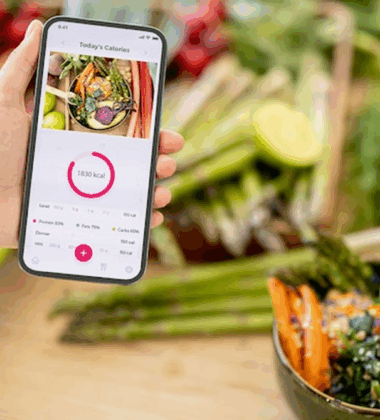The food and beverage industry is evolving rapidly, driven by global trade, consumer demand for freshness, and the need for sustainability. For businesses in this sector, optimizing the supply chain in food and beverage industry is essential—not just for efficiency but for survival in a highly competitive market.
This article explores key strategies for supply chain optimization, from logistics improvements to waste reduction and global trade management. Whether you’re an exhibitor showcasing innovative solutions or a business looking to refine your processes, these insights will help you stay ahead.
What is Supply Chain Optimization?
Supply chain optimization means refining every stage of product movement—from sourcing raw materials to delivering the final product. This process is particularly challenging in the food and beverage industry due to strict safety regulations, perishability concerns, and sustainability goals.
Key elements of an optimized supply chain include:
- Efficient logistics for smooth transportation and minimal delays.
- Food freshness through advanced storage techniques.
- Waste reduction strategies to minimize product loss.
- Compliance with trade regulations to navigate tariffs and market fluctuations.
By addressing these factors, businesses can cut costs, enhance efficiency, and meet customer expectations.
Strengthening Logistics in the Food & Beverage Supply Chain
Logistics plays a crucial role in ensuring food products move safely and efficiently. Businesses can enhance their operations with these strategies:
1. Cold Chain Management
Advanced refrigeration and temperature-monitoring systems preserve food quality during transportation and storage.
2. Route Optimization
AI and GPS technology help companies find the fastest and most cost-effective delivery routes, reducing transit time and emissions.
3. Warehouse Automation
Smart storage systems and robotics improve inventory accuracy and speed up fulfillment processes.
4. Real-Time Tracking
IoT-powered tracking solutions provide visibility into product location and condition, reducing spoilage and theft risks.
By investing in logistics innovations, businesses can cut losses, reduce costs, and improve supply chain resilience.
Ensuring Food Freshness & Quality Control
Consumers demand fresh, high-quality products, making food freshness and quality control top priorities. Businesses can achieve this by:
1. Smart Packaging
Sensor-equipped packaging monitors temperature and humidity to ensure food remains in optimal conditions.
2. Blockchain Technology
Blockchain adds transparency by tracking food origins and movements, building trust with consumers.
3. Compliance with Safety Standards
Meeting international food safety regulations helps prevent contamination and recalls.
By prioritizing freshness and safety, brands can build loyalty and maintain strong reputations in the marketplace.
Reducing Waste in the Supply Chain
Food waste is a major industry challenge, but smart strategies can help businesses cut losses and improve efficiency.
1. AI-Driven Demand Forecasting
Machine learning predicts inventory needs, preventing overproduction and unnecessary waste.
2. Optimized Storage Conditions
Better temperature and humidity controls in warehouses extend product shelf life.
3. Sustainable Packaging
Eco-friendly packaging materials help reduce environmental impact while meeting consumer demand for sustainability.
By focusing on waste reduction, businesses can enhance profitability and sustainability efforts.
Managing Global Trade & Tariffs
With increasing globalization, businesses must navigate complex trade regulations, tariffs, and supply chain disruptions. Strategies to manage these challenges include:
1. Supplier Diversification
Sourcing from multiple regions reduces dependency on a single market and mitigates risks.
2. Understanding Tariff Structures
Staying informed about trade policies helps businesses avoid unexpected costs.
3. Leveraging Trade Agreements
Taking advantage of favorable trade deals can reduce expenses and improve profitability.
Companies that proactively manage global trade complexities can maintain a competitive edge.
The Role of Industry Events in Supply Chain Innovation
Trade shows and expos, such as the Global Products Expo, offer invaluable opportunities for businesses to enhance their supply chains. Attendees can:
- Discover the latest technologies in logistics, AI, and sustainability.
- Network with global suppliers to build strong partnerships.
- Gain insights into emerging trends in food production and distribution.
By engaging in industry events, businesses can stay ahead of market shifts and leverage new opportunities.
Conclusion: The Future of Supply Chain Optimization
Optimizing the supply chain in the food and beverage industry is critical for long-term success. By focusing on logistics, food freshness, waste reduction, and global trade strategies, companies can:
- Improve efficiency and reduce costs.
- Meet consumer demand for quality and sustainability.
- Navigate global trade challenges effectively.
Take Action Today
Ready to transform your supply chain? Explore the latest innovations, attend industry expos, and implement cutting-edge strategies to stay competitive. The future of supply chain optimization starts now!
Discover industry-leading supply chain solutions at the Global Products Expo—connect with experts, explore new technologies, and future-proof your business!




